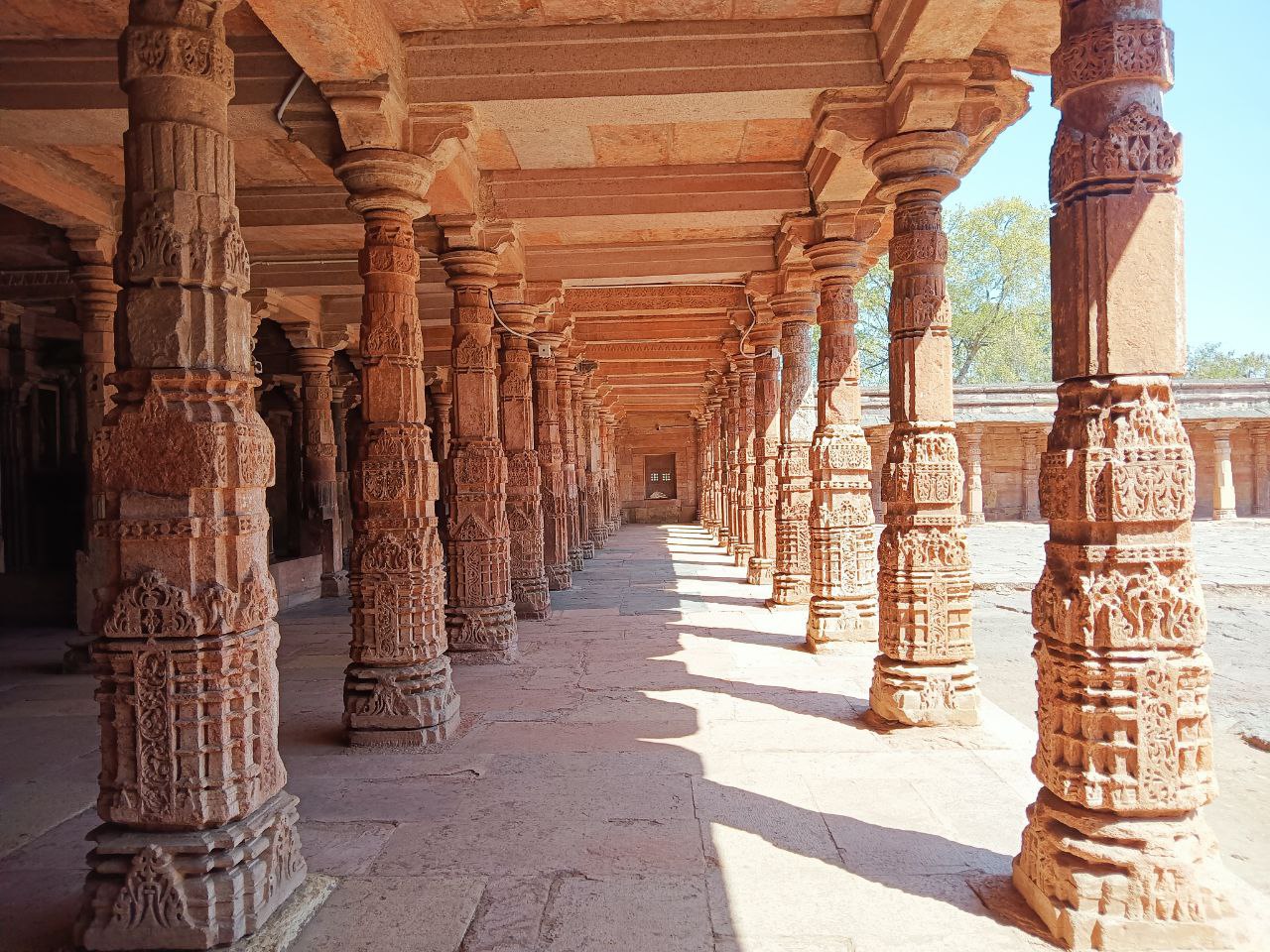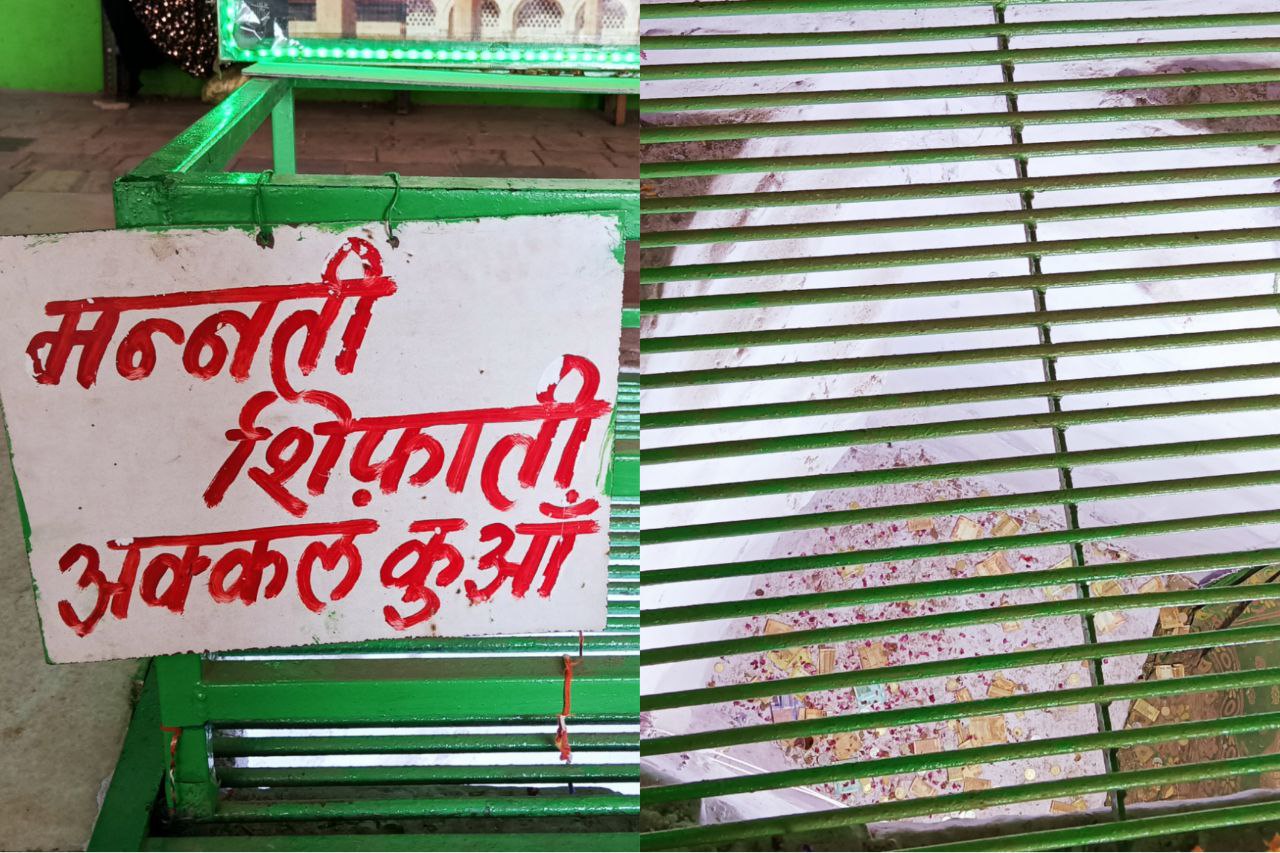The Archaeological Survey of India (ASI) is set to begin the survey of the disputed Bhojshala–Maa Vaghdevi Mandir/ Kamal Maulana Mazar tomorrow, March 22. The development comes after the order of Madhya Pradesh High Court (Indore Bench).
“In compliance with the order of Hon’ble High Court, Madhya Pradesh at Indore in Writ Petition No. 10497 of 2022 the Archaeological Survey of India would be conducting archaeological survey/ scientific investigation/ excavation as directed by the Hon’ble Court from early morning of 22.3.2024,” the official statement read.
Madhya Pradesh | ASI (Archaeological Survey of India) survey of Bhojshala in Dhar to begin tomorrow, 22nd March, after the order of High Court, Madhya Pradesh at Indore. pic.twitter.com/T9le6PfZl3
— ANI (@ANI) March 21, 2024
earlier this month, the MP High Court ordered a ‘multidisciplinary scientific survey’ of the Bhojshala temple and Kamal Maula mosque to ‘ascertain the true character, nature, and form’ of the disputed site, which has previously sparked communal clashes.
A division bench of Justices SA Dharmadhikari and Devnarayan Mishra, acting on a petition filed by the Hindu Front for Justice, directed the Archaeological Survey of India to form a five-member panel comprised of the most senior officers and submit a report within six weeks.
Organiser’s ground visit
Prior to the court order, Organiser made a ground visit to bring the details to our readers. The Bhojshala complex serves as a temple on Tuesdays and a mosque on Fridays and becomes a common monument on weekdays, allowing visits with a ticket of Rs 1 per person. The structure is being taken care of by the security personnel deployed by the ASI.
What the Hindu side claim?
The Hindu side claims the structure to be Maa Vaghdevi temple dating back to 1000 to 1055 AD when it was built by the king Bhoj of the Parmar dynasty who had an unwavering dedication to enlightenment and scholarship manifested in the establishment of a prestigious college in Dhar, which later evolved into the renowned Bhojshala. Drawing scholars from far and wide, this bastion of learning nurtured disciplines ranging from music and Sanskrit to astronomy and philosophy, earning its reputation as the world’s foremost Sanskrit academy.
However, amidst the pursuit of knowledge, the sanctuary of Bhojshala endured turbulent times. Throughout the annals of history, waves of turmoil swept over the hallowed grounds, orchestrated by successive Muslim monarchs between 1305 and 1514 AD. The destructive fervour culminated in the ruthless onslaught of Alauddin Khilji in 1305 AD, marking the first of many assaults on the majestic temple.


In the early 2000s, the sanctuary became embroiled in a political maelstrom, as administrative decisions threatened its sanctity. With the backing of the Congress government, the Muslim community was granted permission to offer prayers within the premises, while Hindu devotees faced prohibitions and police cases. The ensuing conflict bore witness to acts of violence and resistance, culminating in a legal battle that saw the faithful reclaim of their right to worship.
Yet, the struggle persists, as the matter remains entangled in the labyrinth of legal proceedings. With the recent court order for an ASI survey, hope flickers anew—a beacon of justice illuminating the path towards resolution for a place where faith and heritage converge.
Why ‘Places of Worship Act’ has no role to play?
Before moving into what the Hindu and the Muslim side told Organiser, let us first understand why the claim on this site can be contested in the court irrespective of the places of worship act in place.
Advocate Vishnu Shankar Jain presenting the Hindu side in the Court told the media that, the Places of Worship Act of 1991 does not apply here because it is an ASI-protected monument and hence gets exemptions from the Act. The survey was allowed based on the Monuments Act 1958.
From the Hindu side, Organiser met Sumit Choudhary, a local Hindu activist and member of the Bhoj Utsav Samiti, who joined us for the visit on site. Inside the campus, Sumit highlighted inscriptions secured by the ASI during their 1952 survey, written in Pali and Prakrit languages and containing references to Bhagwan Ram and other mantras, including the Saraswati mantra. Some of these inscriptions, Sumit explained, were chopped and embedded in the floor of the Garbhagrih by Islamic invaders to refute Hindu religious beliefs by walking over them.
In the campus Organiser encountered significant features. Sumit pointed out a large Havan Kund and pillars, along with remnants of broken sculptures discovered during the initial ASI survey. Sumit explained that these artefacts were unearthed from the Havan Kund during excavation.

The left section of the temple housed a Shiv Mandir, while the right side featured an exit known as Saraswati Koop, believed by Hindus to be the outlet for water used in Abhishek, taken by students as Prashad. Additionally, besides the Shiv Mandir, the campus had a Hanuman Mandir adjacent to the Garbha Griha. On Tuesdays, when Hindus visit the campus, they bring portraits of Maa Saraswati and Hanumanji, placing them in the Garbha Griha for worship.
Apart from the temple, the ASI secured other inscriptions and statues, including Nagbandh Yantra and Siddhi Yantra. In efforts to convert the mandir into a mosque, structures like Ganpati Ji, along with carvings of Shankh and Gada, were manually ground down with machines. There were also attempts to deface designs on the shikhar of the temple and circles inside it.

Upon entering the Garbha Griha, it becomes quite evident that there is a recent addition to the original structure, constructed from red stone, except for the marble outline of the Garbha Griha. Arabic text engraved on the outline, protected by glass casing, adorned the space. Inside the empty Garbha Griha, a lotus is placed, with carvings on the top shikhar resembling temple structures, while intentionally placed inscribed stones on the floor carry religious texts, placed there to hurt Hindu religious sentiments.
Sumit explained that on Fridays, the Muslim community utilises the same Garbha Griha for Namaz, with their clerics occupying the space where Hindus place portraits of Maa Saraswati on Tuesdays. Adjacent to the Garbha Griha’s right side stood a temporary marble structure, its inscriptions chopped into pieces, though some texts remained visible. Sumit mentioned that this structure dates back to the Mughal period, as they used it as their meeting hall. There was an Islamic text engraved above 8-10 staircases, accompanied by a sign prohibiting anyone from climbing up and sitting.
What the Muslim side claim?
Organiser also visited the Kamal Maula Mazar and conversed with the caretaker, Niyazuddin, to gain insight into their beliefs. Niyazuddin, a claimed descendant of Kamaluddin and the 19th generation serving as Khadims at the Mazar, recounted its existence for over 700-800 years. According to him, Kamaluddin, hailing from Punjab, served the region for over 40 years, revered by Muslims for his healing abilities.
When questioned about the claim regarding the Bhojshala complex, he refrained from commenting due to its sensitivity, insisting it is a mosque and will remain so, despite observations suggesting otherwise. He explained the presence of a Hawan Kund, interpreted as a ‘Wuzukhana’ by Muslims.
Similarly, he elaborated on the Saraswati Koop, known as ‘Akkal Kua’ by Muslims, attributing its significance to Jamaluddin, who arrived from Madina. It is believed that Jamaluddin lost his lash in Madina, only to find it in Malwa, transforming the kua’s water into ‘Shifa ka Pani’/ Aabe Jam Jam. However, when this correspondent inspected, there was no water found, only coins atop the locked grills.

Beyond the Akkal Kua, a curtain concealed the wall of Bhojshala, serving as a dumping ground for waste from the Mazar. A structure resembling a grave, labelled as Jamaluddin’s Mazar, stood nearby. It was a similar site as in Gyanvapi where waste was dumped beside the temple.
Read a detailed ground report on this disputed structure here.



















Comments